Discover 6 hidden attractions, cool sights, and unusual things to do in Laugharne (United Kingdom). Don't miss out on these must-see attractions: Dylan Thomas Boathouse, Laugharne Castle, and Tin Shed Laugharne. Also, be sure to include St Odoceus' Church in your itinerary.
Below, you can find the list of the most amazing places you should visit in Laugharne (Wales).
Table of Contents
Dylan Thomas Boathouse
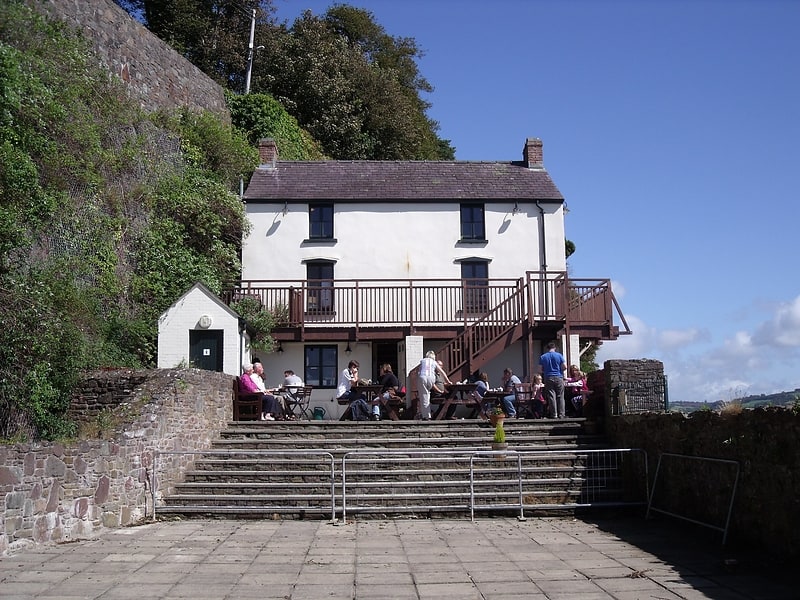
Museum in Laugharne, Wales. The Boathouse in Laugharne, Wales, was where Dylan Thomas lived with his family during his last four years between 1949 and 1953. The house is set in a cliff overlooking the Tâf estuary and is where he wrote many of his major pieces. It has been suggested that he wrote Under Milk Wood here but more recent research suggests that fewer than 300 lines of the play were written in Laugharne.[1]
Address: Dylan's Walk, SA33 4SD Laugharne
Laugharne Castle
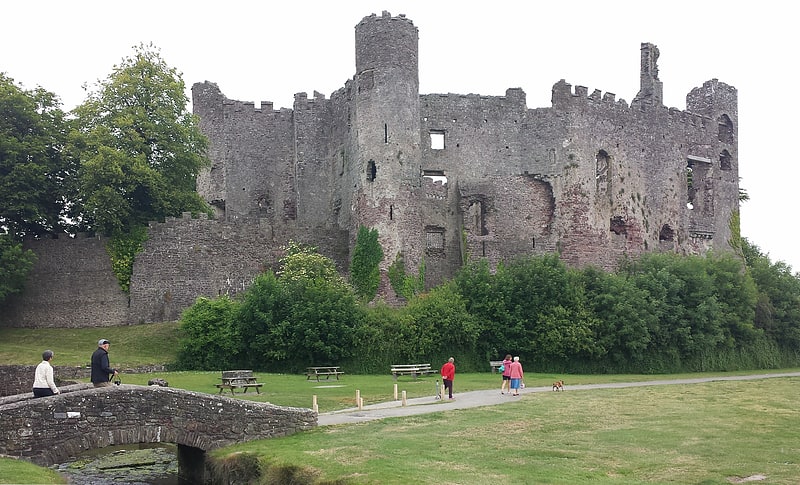
Castle and mansion with literary heritage. Laugharne Castle is in Laugharne, Carmarthenshire, Wales. The castle, located on the estuary of the River Tâf, was originally established in 1116. It was rebuilt as a Norman stronghold. There have been many alterations since then, including becoming a Tudor fortified manor house in the sixteenth century. It changed hands twice during the English Civil War, being eventually captured by Parliamentary forces in 1644.[2]
Address: The Strand, SA3 3 4 Laugharne
Tin Shed Laugharne
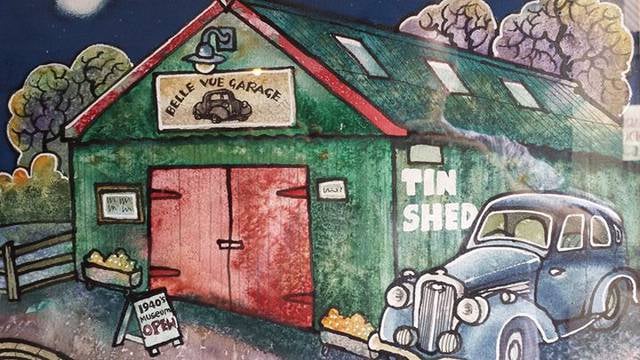
Military museum, Specialty museum, Museum
Address: C/O Willow Cottage Clifton Street, SA33 4QG Laugharne
St Odoceus' Church
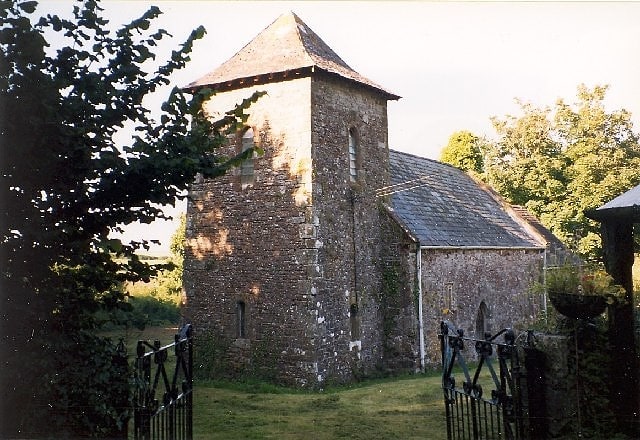
St Odoceus' Church, Llandawke, is a redundant church situated in a hollow near the road between Llandawke and Laugharne in Carmarthenshire, Wales. It has been designated by Cadw as a Grade II listed building, and is under the care of the Friends of Friendless Churches.[3]
Pendine Sands
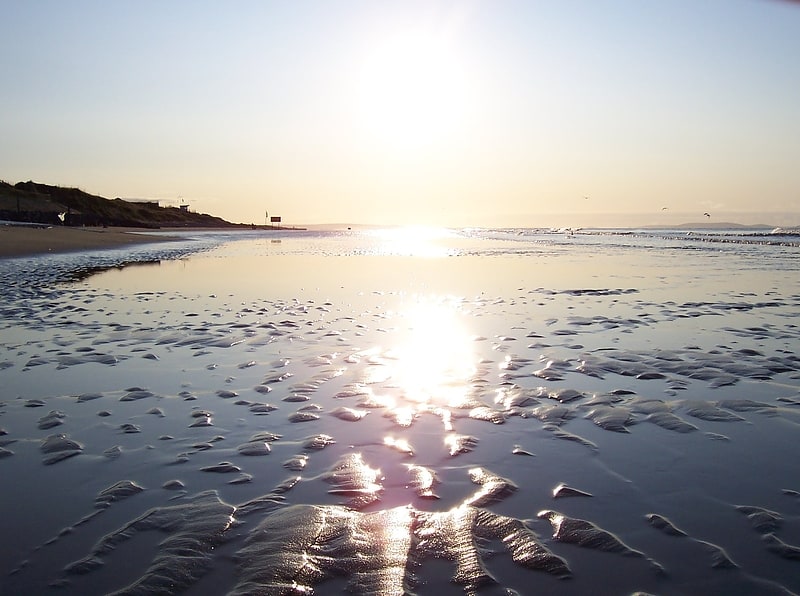
Pendine Sands is 7 miles of beach on the shores of Carmarthen Bay on the south coast of Wales. It stretches west to east from Gilman Point to Laugharne Sands. The village of Pendine is close to the western end of Pendine Sands.
In the early 1900s the sands were used as a venue for car and motor cycle races. From 1922 the annual Welsh TT motor cycle event was held at Pendine Sands. The firm, flat surface of the beach created a race track that was straighter and smoother than many major roads of the time. Motor Cycle magazine described the sands as "the finest natural speedway imaginable".[4]
Castle House
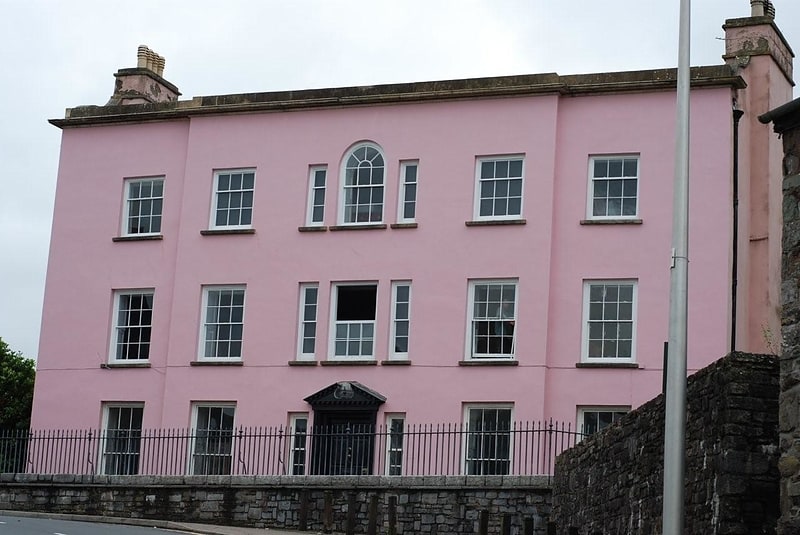
Castle House in Laugharne, Carmarthenshire, Wales, is a Grade II*–listed Georgian mansion. Described by Dylan Thomas as “the best of houses in the best of places”, it is one of many buildings of note in the medieval township.
The house was built around 1730, although remodelled inside and out in the Regency period. It features a three-storey, five-bay facade, with the central three bays projecting slightly. The central doorway is surmounted by a pediment; above it are tripartite windows, with the uppermost one in the Venetian style. A broad cornice on the facade conceals the slate roof. Several wings, lower than the main body of the house, project to the rear, one of which dates to the original 18th-century construction. The interiors are mainly of the Regency period and later but include the only example in Carmarthenshire of a Chinese Chippendale staircase.
There were formerly a number of outbuildings to the rear of the house, as can be seen in the first-edition Ordnance Survey County Series map (Carmarthen, XLV.14, 1889), and the grounds of Laugharne Castle were formerly landscaped to serve as the house's garden. Two of the surviving outbuildings have been converted to a bed and breakfast and a restaurant. Although the castle is now in the guardianship of Cadw, its title is still with the house.
Until recently Castle House was in the ownership of the Starke family, who had held it since the early 19th century, although it is now the private residence of David Thomas and Abi Thomas, daughter of the local artist David Petersen. The house has long had artistic links, as Richard Hughes wrote In Hazard (1938) while living there, and Dylan Thomas wrote Portrait of the Artist as a Young Dog (1940) while staying with Hughes.[5]